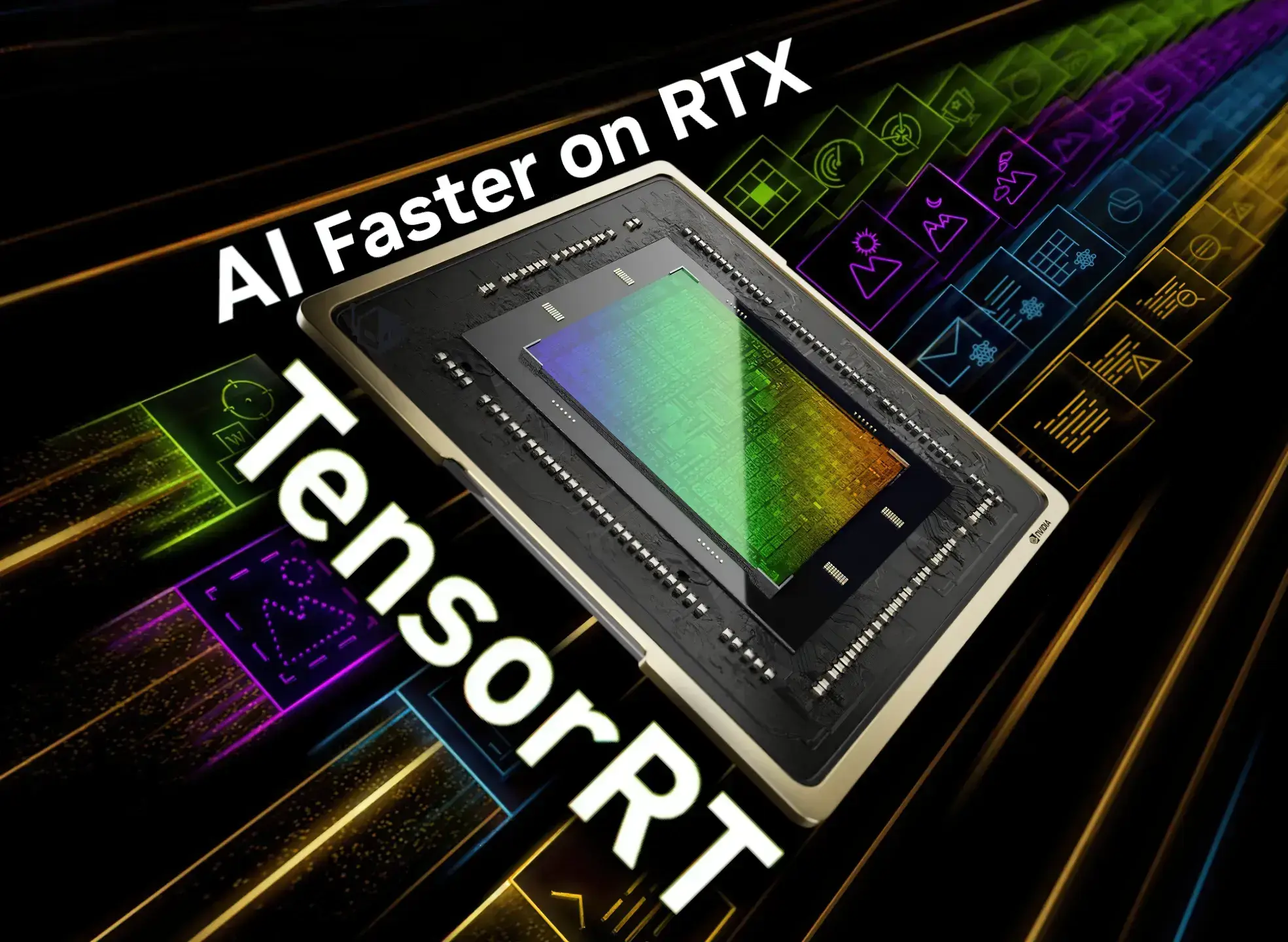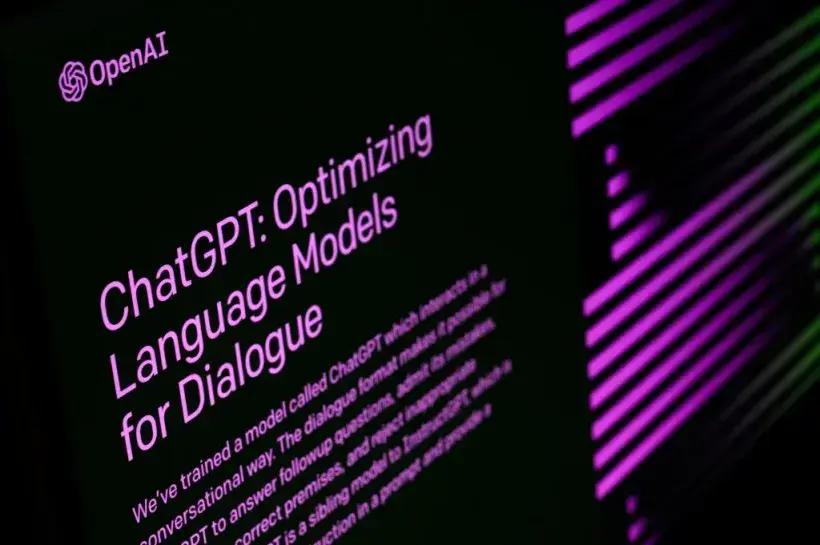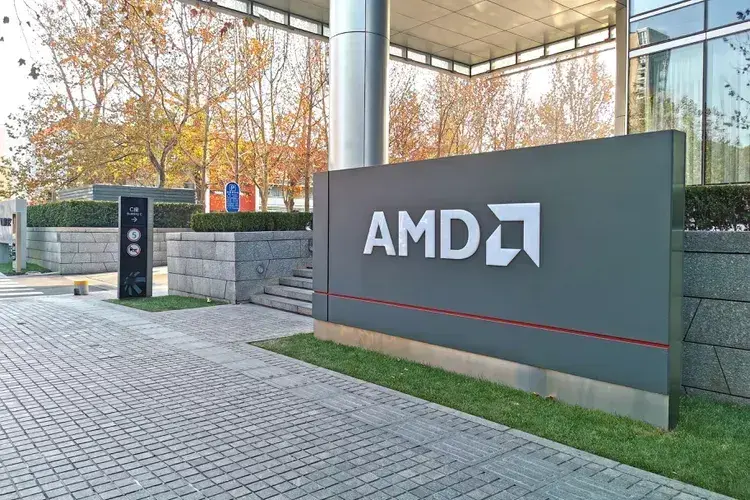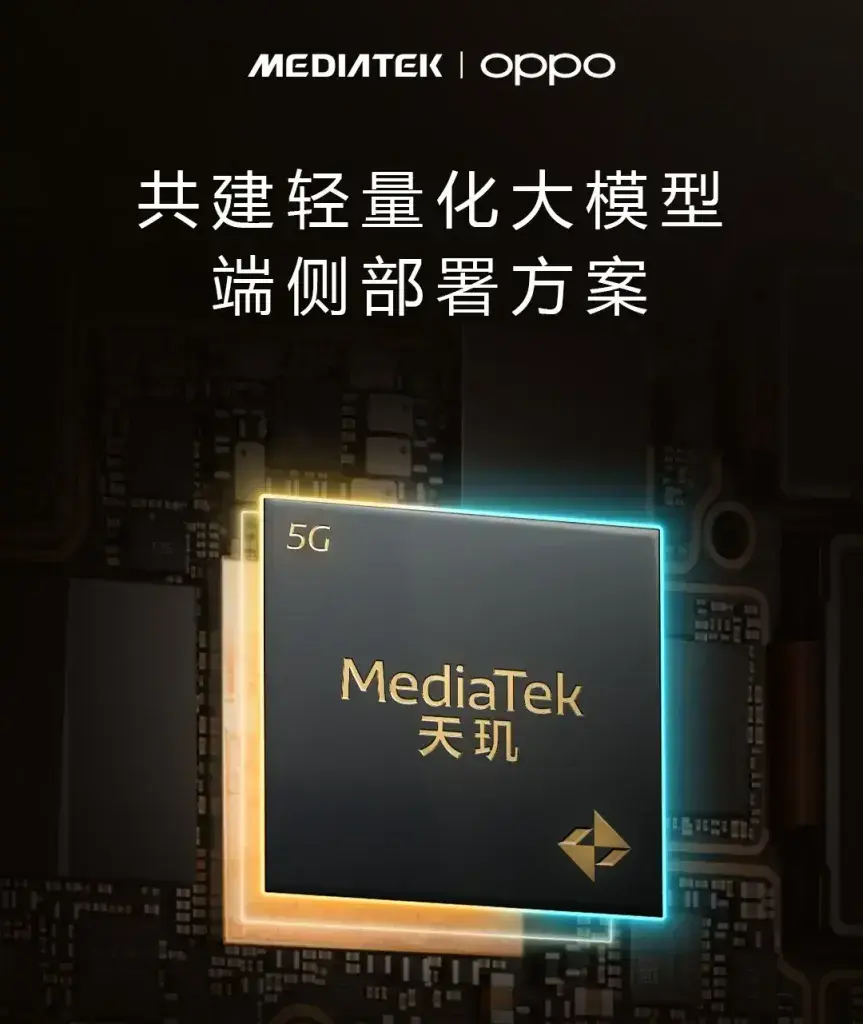In recent times, artificial intelligence (AI) has emerged as a driving force in the tech sphere, enabling a plethora of applications that were once considered futuristic. However, the real power of AI comes to the forefront when backed by robust hardware capable of handling the demanding computational loads. NVIDIA, a trailblazer in GPU technology, has made a significant stride in bridging this gap with the introduction of TensorRT Low Level Memory (LLM) on Windows, aimed at bolstering AI performance on consumer PCs.
Enhanced AI Performance
With TensorRT LLM, NVIDIA has crafted a pathway for superior AI performance, making it more accessible for Windows users. Previously, the optimization of AI workloads was a domain chiefly navigated by data centers and high-performance computing environments. The new deployment now extends these capabilities to consumer PCs, unleashing a new realm of possibilities for developers and everyday users alike. This advancement is particularly beneficial for those leveraging NVIDIA’s GeForce RTX and RTX Pro GPUs, as it promises a substantial performance boost.
The key to this enhanced performance lies in the TensorRT LLM’s ability to effectively manage memory usage during AI computations. By minimizing memory footprint and reducing latency, it ensures smoother and faster execution of AI workloads. This is particularly crucial for real-time applications where any delay could be detrimental.




Stable Diffusion and RTX Improvements
Alongside the TensorRT LLM, NVIDIA has also unveiled Stable Diffusion technology. This feature aids in refining the rendering of realistic images, a boon for gamers and professionals involved in graphic design. Moreover, the recent update also brought forth improvements in RTX Video Super Resolution, which significantly enhances video quality without a noticeable hit on performance.
Seamless Integration and Future Prospects
The integration of TensorRT LLM on Windows is a seamless process, requiring minimal setup. Furthermore, with the release of the NVIDIA GeForce 545.84 WHQL driver, users are treated to an array of additional enhancements including better stability and performance boosts.
NVIDIA’s continual innovations underscore its commitment to pushing the boundaries of what’s possible with AI on consumer PCs. As AI continues to intertwine with daily life, the importance of having robust and efficient hardware cannot be overstated. The advent of TensorRT LLM on Windows is a testament to NVIDIA’s vision of fostering a conducive environment for AI development, making it an exciting time for tech enthusiasts and professionals in the AI domain.
With the release of TensorRT LLM on Windows, NVIDIA has not only set a new benchmark in AI performance for consumer PCs but has also paved the way for a future where sophisticated AI applications can be run smoothly on personal computers.
Sources:










